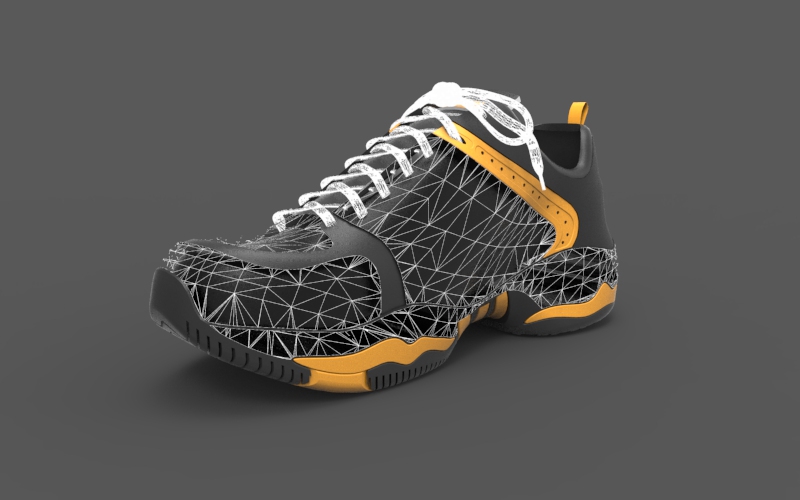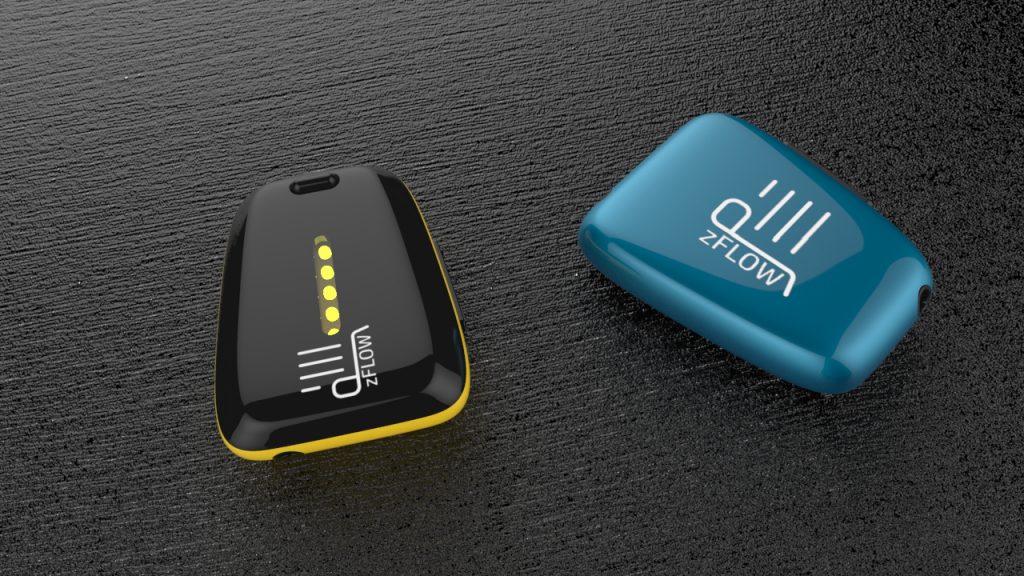New product design is a lot like art. Creativity and vision come together to produce something new, attractive, and bold. But product designers have a different set of challenges than the artist. Product designers have to create with the users in mind. Their creations need to be useful. They need to be accepted into consumers’ homes where they go on the bathroom sink or in the kitchen cupboard instead of being mounted on the wall.
Product design is challenging. Most people aren’t product designers, but it’s their needs the designer has to consider. This is no small task since people often don’t know their needs!
While the designer and the artist have different tasks, product design is still somewhat of an art, requiring skill, practice, and intuition. The following 10 product design tips are helpful when considering what makes a good design.
10 Product Design Tips
1. It Has to Be Useful
It might seem obvious, but keeping this in mind is essential. It goes without saying that the product must be useful; otherwise, it wouldn’t even make sense to call it a product. The utility is always going to be the number one priority. But usefulness doesn’t just apply to the product itself. The designer should apply the usefulness requirement to every aspect of the design.
Every component of the design should serve a purpose. There should be a point to it. If there isn’t, you should consider very seriously whether that element should be included in the design. This goes back, in part, to the fact that, as a designer, you are not designing for yourself. You are designing for others. Any aspect of your design that is not obviously useful is just one more thing that could get in the way or detract from the user’s experience of the product.
2. Function Over Features
Now we cut even deeper. Even if an element of the design is useful, it still might get in the way. For creative types, whether they be designers, artists, composers, or poets, the temptation is always there to include too much. Too many features, too many notes, too many colors, too many words. Sometimes it’s easier to add components than it is to take them away.
As a product designer, you need to focus on function over features. It is easy for a great product to get bogged down with too many bells and whistles. As a designer, you may be thrilled at your design’s versatility. But sometimes people don’t want a clever device — they want something that works. The more features there are, the less intuitive and simple a product becomes. Sometimes a screwdriver is better than a swiss-army knife.
Think about the purpose of your product. What is your mission statement? What is your mandate as a designer? Take inspiration from these simple products that made millions of dollars.

3. Remain Focused
The goal is for your product to become popular so people will buy it. That means it’s going to have to compete in a competitive market environment. It’s very rare for a product to succeed as a jack of all trades. To corner a niche of the market, you want to focus on a single consumer need and you want to offer the best way for consumers to satisfy it.
Don’t try to design a product that can do everything. Design a product that can do one thing the best.
4. Solve Real-World Problems
Every successful product was popular because it solved an existing problem. If your product isn’t solving a problem, it becomes a piece of art — probably not one that any galleries would be interested in. The problem has to be an existing problem, it has to correspond to a need that is already felt.
It is much more difficult to convince people they have a problem they didn’t know they had than it is to offer them a solution for a problem they’re already aware of. Product marketers and designers sometimes try to frame things that aren’t problems as problems, but unless consumers agree about what they think their problems are, it will be hard to gain any traction with them.
The design process should begin with a specific real-world problem in mind and expand from there to address it.
5. Aesthetics Are Important
We’ve already gone on a length about the importance of functionality and practicality. But let’s not get carried away with thinking that performance is all that matters. The look and feel of a consumer product are just as central to good design as functionality.
This is just as true for software and digital products as for hardware and tangible goods. A good designer must have a sense of aesthetics. This is one of the areas where industrial designers show their value.
For most consumer products, simplicity is an asset. Elegance tends to trump ostentatiousness. The product needs to look good while fitting in with the rest of the buyer’s home. Most products don’t want to grab all the attention in the room. On the other hand, sometimes they do. Understand your market.
6. Attention to Detail Matters
Little things do matter. Fit, form, polish — while these things might not immediately jump out at people, the cumulative effect of many imperfections can make all the difference in the world. Getting the details right can really impress consumers, especially in the age of mass production and cheap disposable goods. Treat every component of your product with respect. If you have an eye for the details, buyers will notice.
7. Good Designs are Simple
Users need to quickly and intuitively understand how a product is supposed to work. You cannot guarantee that they will always use it that way, but you need to make sure that your product is not complicated to use.
Users will quickly become frustrated and uninterested in any product which doesn’t work for them. They will not hesitate to switch to a product that does work. Always try to see your product from the perspective of someone who has never interacted with it before. How could it be misused? What might be confusing? Don’t assume something is obvious just because it is obvious to you.

8. Be Innovative
Very few products offer something that is wholly new and totally revolutionary — whatever their marketing copy might say. The reality is that most new inventions and products are improvements to an already existing method. For anyone to be interested in your product, it has to be innovative, and it has to be innovative in a way that will connect with consumers. You’ve got to have an angle.
9. Design for Longevity
Good design is timeless, and if you design your product well, it will last the test of time. Long-lasting products are more valuable to consumers, better for the planet, and are a testament to the designer’s skills. Think of all the great vintage items you have in your home or grew up with. Antiques, vintage clothing, old cars — these things are still with us today because the people who designed them built them to last. Good design never goes out of style.
10. Design is Top Heavy
When working on your design, it’s important to remember that the final phases of the design process can take up the majority of your time and effort. Getting the product from nearly done to fully complete might only be 10% of the design, but it can take 50% of your energy. But this investment of time and energy in the late game is worth it. These details make the difference between an okay product and an exceptional one.
This is where you work out the critical details and put on the finishing touches that will set your product apart from the competition — from the work of designers who didn’t go the extra mile at the end.
3 Common Product Design Misconceptions
A good idea doesn’t always lead to a good product
Many product designers get hung up on their idea. It may be a great idea, but does it need to exist? Most successful products begin as great ideas, but most great ideas don’t become successful products. Do the appropriate research and ensure you use a professional design and development process.
Focus groups are the best way to garner feedback
If your product already exists — that is, it’s not a brand-new invention — a focus group can be great. But if it’s a non-existent product, a focus group is not a good way to gather information. Instead, you need to conduct user-experience research.
Confusing features with advantages
When designing your product, think about the advantages it provides its users rather than what it can do. For example, a feature of a portable washer is that it can wash clothes on the go. An advantage is that it doesn’t require a sink attachment. Consumers are more likely to be convinced of your product if you can convey advantages — how your product can improve their life.
Cad Crowd’s Product Design Freelancers Can Help
Take advantage of Cad Crowd’s design services if you’re looking for some help with your CAD design project. Our top-tier designers are experienced in consumer product design services. We also provide prototype design services and connect you with leading U.S. manufacturing firms with our contract manufacturing services. Get a free quote today.

Really a good blog
Good info
Focus groups are not a good idea: https://en.wikipedia.org/wiki/Focus_group#Problems_and_criticism
Hey Luc-Olivier,
Thanks for your insights. I agree that focus groups may mislead research in some circumstances, particularly when it comes to issues like group-think. The instances where focus groups are more effective include usability testing and feedback on product ergonomics.
I am also a CAD designer working on Solidworks and fusion 360. I am looking to work as freelancer. So it would be great if i become the part of cad crowd.
As you mentioned that one should avoid designing products that have too many bells and whistles, I believe that it is also important to find a company who can manufacture a product. For example, if one wants to sell office steel chairs, collaborating with a steel manufacturer will not only help create more chairs to sell but know whether the product’s design needs improvement or not.